Discover 11 hidden attractions, cool sights, and unusual things to do in Ota (Japan). Don't miss out on these must-see attractions: Ōta Tenjinyama Kofun, Nyotaizan Kofun, and Ikushina Jinja. Also, be sure to include Kanayama Castle in your itinerary.
Below, you can find the list of the most amazing places you should visit in Ota (Gunma).
Table of Contents
Ōta Tenjinyama Kofun
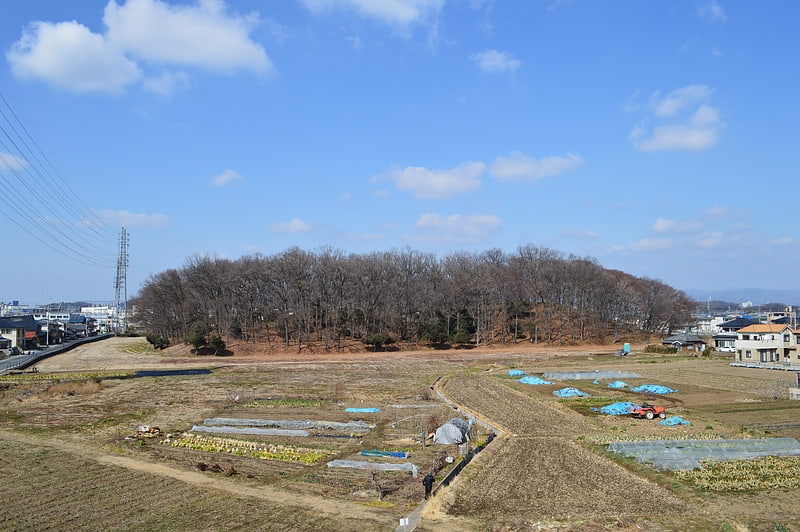
Ōta Tenjinyama Kofun is a Kofun period burial mound located in the Uchigashimacho neighborhood of the city of Ōta, Gunma Prefecture in the northern Kantō region of Japan. It was designated a National Historic Site of Japan in 1941. It is the largest kofun in Gunma Prefecture and the 28th largest in the country. It is the only kofun with a length in excess of 200 meters in eastern Japan. It is also sometimes referred to as the Dantaiyama Kofun.[1]
Nyotaizan Kofun
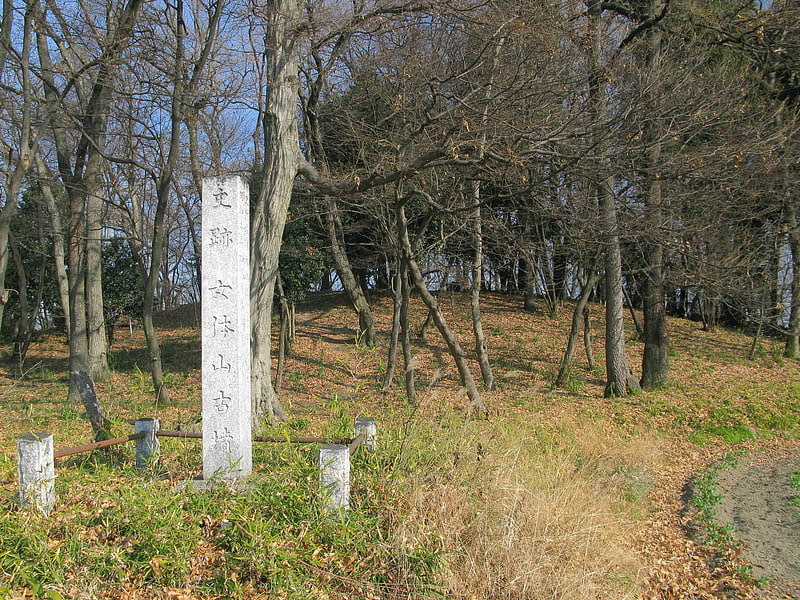
Nyotaizan kofun is a scallop-shaped Kofun period burial mound located in what is now the Kashima neighborhood of the city of Ōta, Gunma Prefecture in the northern Kantō region of Japan. The site was designated a National Historic Site of Japan in 1927. It is the third largest scallop-shaped kofun in Japan after the Otomeyama Kofun in Nara Prefecture and the Osabotsuka Kofun in Miyazaki Prefecture[2]
Ikushina Jinja
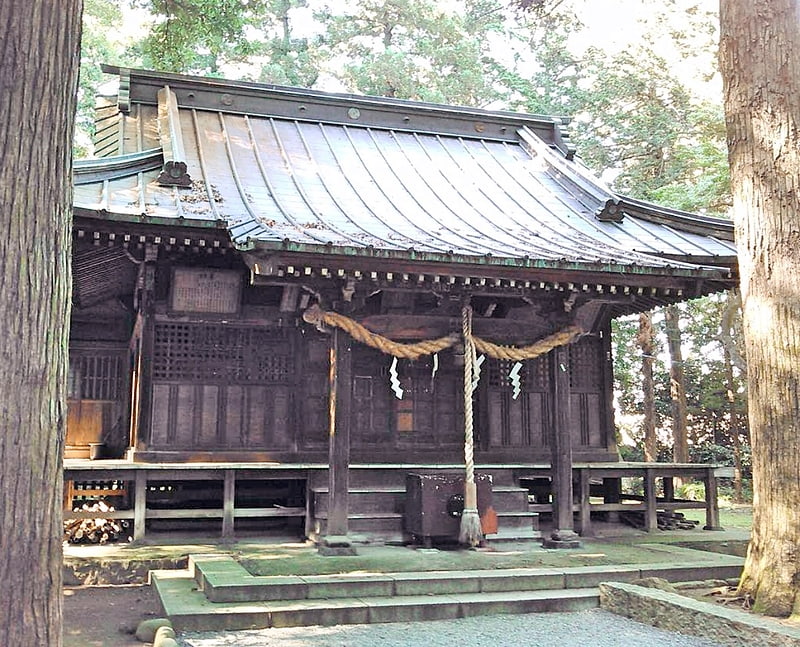
Shinto shrine in Ota, Japan. Ikushina Jinja is a Shinto shrine located in the city of Ōta, Gunma, Japan, dedicated to the kami Ōkuninushi. The precincts of this shrine was designated a National Historic Site of Japan in 1934.[3]
Kanayama Castle
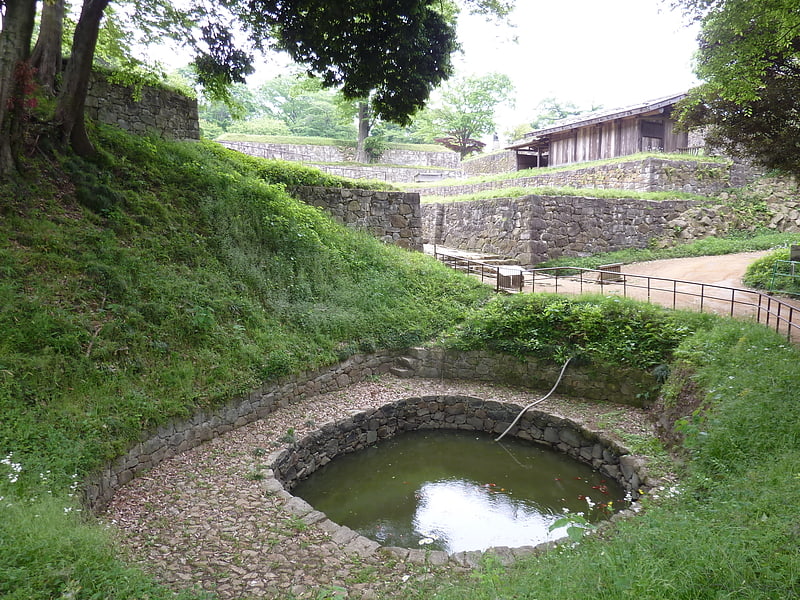
Also known as: 新田金山城
Castle in Ota, Japan. Kanayama Castle was a Sengoku period yamashiro-style castle located on top of Mount Kanayama in what is now the city Ōta, Gunma Prefecture, Japan. The site has been protected as a National Historic Site since 1990. The castle was also known as Ōta Kanayama Castle or as Nitta Kanayama Castle,[4]
Nitta Gunchō ruins
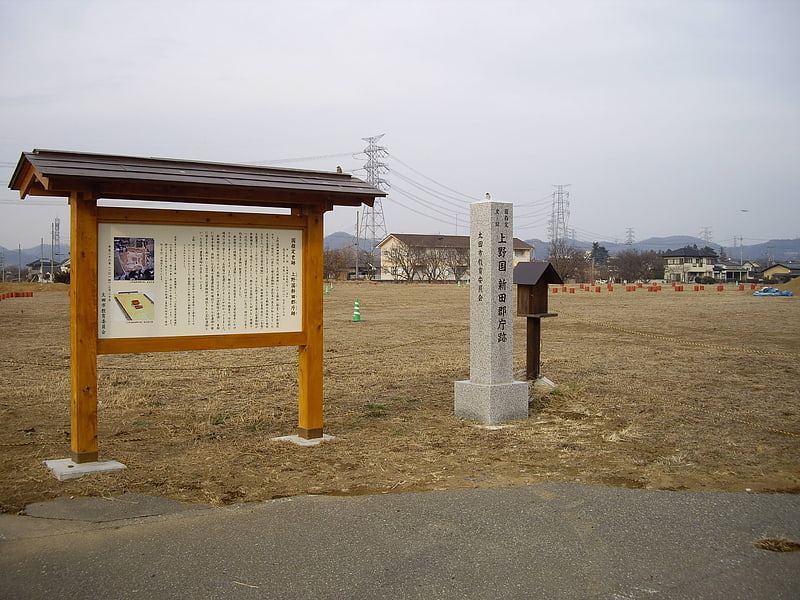
The Kōzuke Province Niita District Gunchō ruins is an archaeological site with the ruins of a Nara to Heian period regional administrative complex, located in what is now the Tenra neighborhood of the city of Ōta, Gunma Prefecture in the northern Kantō region of Japan. The site was designated a National Historic Site of Japan in 2008.[5]
Serada Tōshō-gū
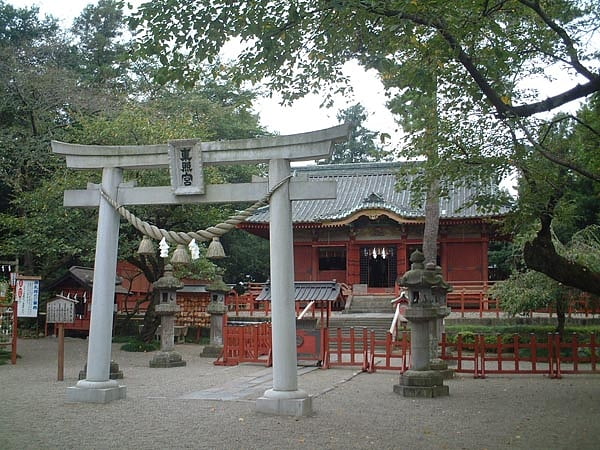
Also known as: 世良田東照宮
Shinto shrine in Ota, Japan. The Serada Tōshō-gū is a Shinto shrine located in the city of Ōta Gunma Prefecture, Japan. It enshrines the deified first Shōgun of the Tokugawa shogunate, Tokugawa Ieyasu. In the year 2000, it was one of the eleven sites connected with the Nitta-no-shō which were collectively designated a National Historic Site of Japan.[6]
Address: 3119-1 Seradacho, 370-0426 Ota
Ōizumi
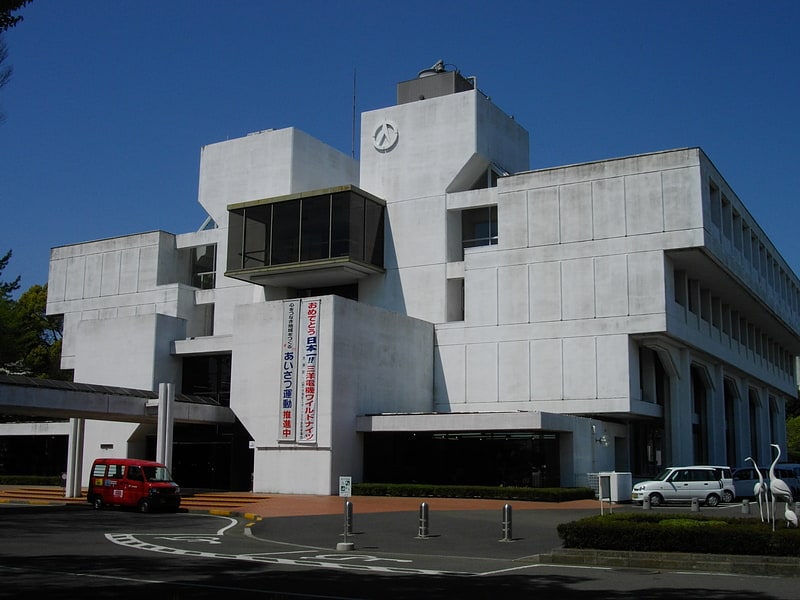
Also known as: 大泉町
Town in Japan. Ōizumi is a town located in Gunma Prefecture, Japan. As of 31 August 2020, the town had an estimated population of 41,918 in 19,773 households, and a population density of 2300 persons per km². The total area of the town is 18.03 km2. Approximately 20 percent of the total population are foreign citizens, mostly Japanese Brazilians, who work at many factories in the town. Since 1990, Japanese descendants from foreign countries have been permitted to stay in Japan freely. It is estimated that 15 percent of the population speak Portuguese as their native language, and as of 2007, Ōizumi has the highest concentration of Brazilians of any city in Japan. More recently, Nepalese and other Asians have begun settling in the town.[7]
Xiao quan cheng
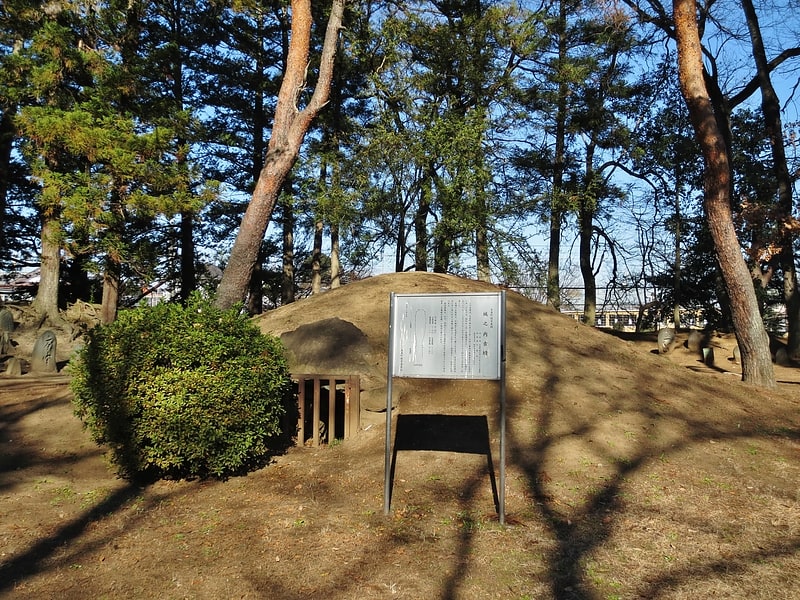
Koizumi Castle or Tomioka Castle was a Japanese castle located in present-day Oizumi-machi, Ora-gun, Gunma Prefecture. The castle was built in the first year of the Entoku era. Today, the castle ruins, including the ring, inner moat, part of the outer moat, and earthen mounds, are maintained as Jounouchi Park. It is designated as a historical site by Oizumi Town.
Ōizumi Observatory
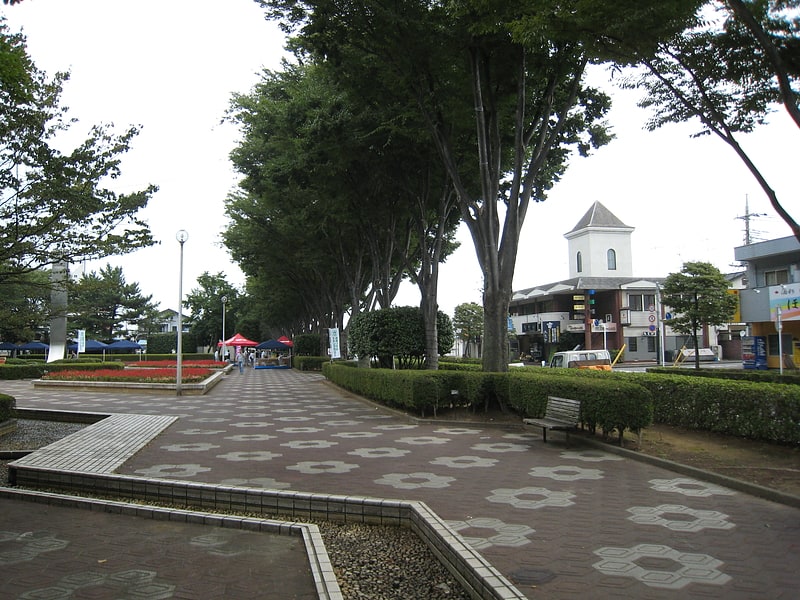
Astronomical observatory. Ōizumi Observatory is a private astronomical observatory in Ōizumi, Gunma Prefecture, Japan. Takao Kobayashi has made discoveries of numerous minor planets at the observatory. Since its founding, Kobayashi has discovered 1,200 minor asteroids and their positions using a 10-inch telescope. Ōizumi observatory like many other observatories is in a relatively undisturbed place. One of the notable people to work at the observatory is Takao Kobayashi.[8]
Gunmakodomono guo
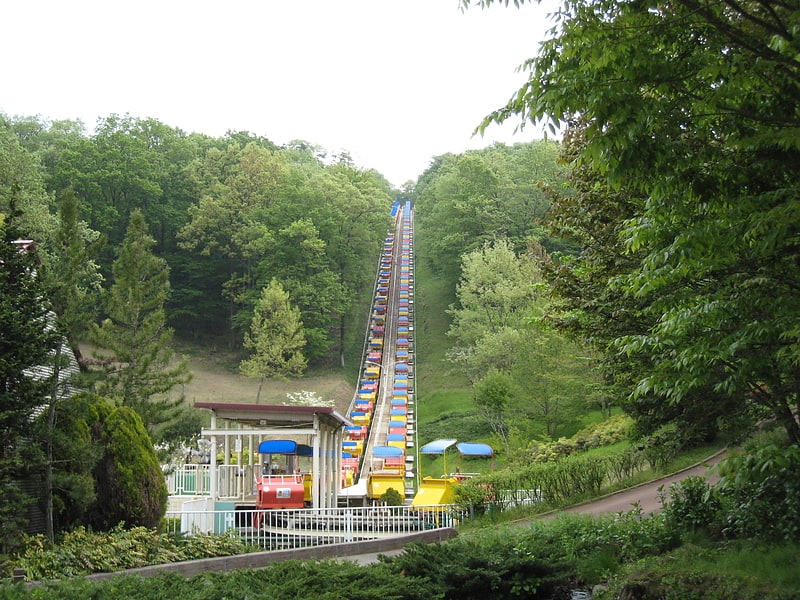
Gunma Kodomo no Kuni is an urban park located in Nagate-cho, Ota City, Gunma Prefecture. Its official name is Gunma Prefectural Kanayama General Park.
Da guang yuan
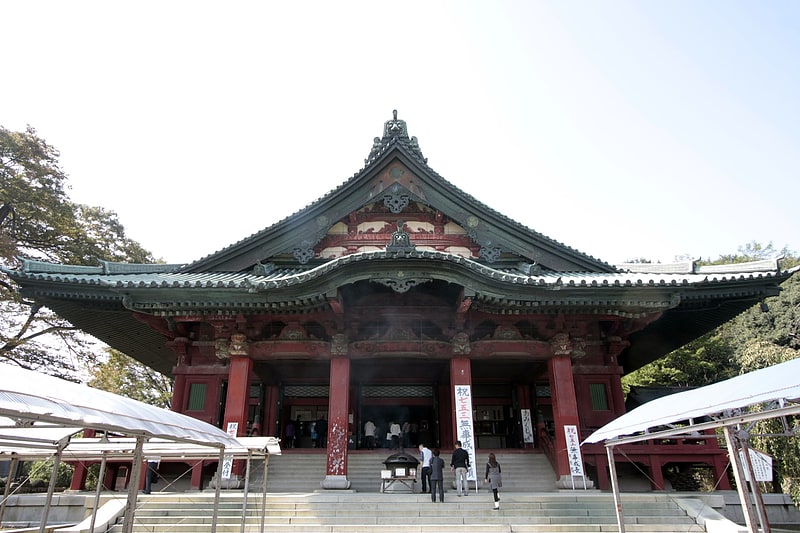
Daikoin is a temple of the Jodo sect located in Kanayama-cho, Ota City, Gunma Prefecture. Its mountain name is Yoshijuyama. The temple is also known as "Shinden-ji Temple" or "Shinden Ryu-sama". The temple is also known as "Nuryu-sama" or "Nuryu". The temple is also known as "Benzaiten," one of the seven deities of good fortune in Gunma Prefecture.
The nickname "Tonryu" (呑龍) for an aircraft called the Type 100 Heavy Bomber developed by Nakajima Aircraft Company was named after the temple's common name.